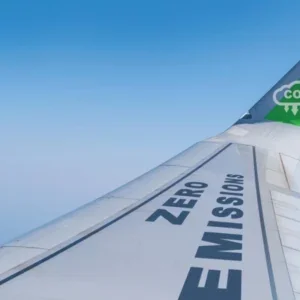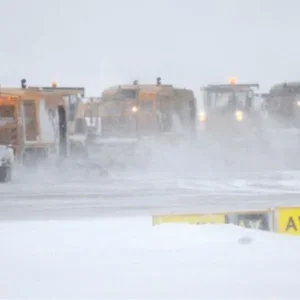Ever more stringent regulations are demanding, and being met by, extremely complex technology that not only delivers very high security standards but also brings significant operational benefits. Equally sophisticated software is likely to be the key to ensuring it reaches its full performance potential. Smiths Detection’s Checkpoint.Evoplus was designed to support the new generation of checkpoint X-ray screening equipment currently emerging to comply with the latest demanding regulations from ECAC, TSA, CAAC and other authorities. It transforms individual components and sensors unable to communicate with each other into a single, integrated and intelligent system. It produces invaluable operational data and supports new functions, including centralised screening and directed search.
Key performance indicators are monitored and information is shared via a central dashboard that can be accessed from mobile devices. The software platform also provides the real-time data needed to support instant decisions on opening and closing lanes and reallocating operators, as well as the historical data and reports required for resource planning, general administration and identifying bottlenecks in the screening process.
Advanced image processing
Centralised, remote screening by teams of analysts means images can be processed faster. Operators can be based alongside the checkpoint or in a remote location and calm environment where decisions can be made with fewer distractions. Networked images are collected from all security lanes and delivered to the next available operator. Depending on the result of the analysis, the tray is either sent straight through to the passenger or automatically diverted to a recheck point.
Proficient screening increases throughput and allows more flexibility in lane layout and designing checkpoints to deal with secondary checks. When further investigation is needed, directed search streamlines the process even further.
Operators can identify, mark and classify an area or areas of interest on an image before sending it to the recheck area where staff can immediately focus secondary inspections on the exact locations under suspicion.
As airports gradually upgrade to the new EDS CB standards, there will be conventional, multi-view X-ray and CT scanners operating at checkpoints.
Any variation from the approved format in terms of image presentation and manipulation may invalidate that approval and restrict the scope of the image analysts.
Critically, Checkpoint.Evoplus will manage all the images without affecting system approval, and will allow analysts in central screening and recheck to use 2D and 3D data as appropriate.
Intelligent networking
Networking every checkpoint offers considerable benefits, and there are examples of installations linking hundreds of checkpoints across nationwide airports, although this does depend on a single authority.
Beyond that, the potential is enormous as, for example, a group operating individual airports in different countries could, in theory, connect them all using Checkpoint.Evoplus. Similarly, small facilities scattered over regional islands could become part of one network.
Developed based on systems used in hold baggage screening (HBS), Checkpoint.Evoplus can link hold and checkpoint screening. There are already some installations with data management operating on the same platform and this broader networking offers operational and financial economies. The next step is to send images from hold and checkpoint scanners to a central point for analysis.
Full compliance
The new platform offers full regulatory compliance and is the first solution for multiplexed image analysis to receive the French STAC certification. Checkpoint.Evoplus is also completely vendor-independent, with an open interface that supports third-party devices, technology and lanes. It is 2D and 3D-ready and will be compatible with the 3D imaging system expected on the market soon.






